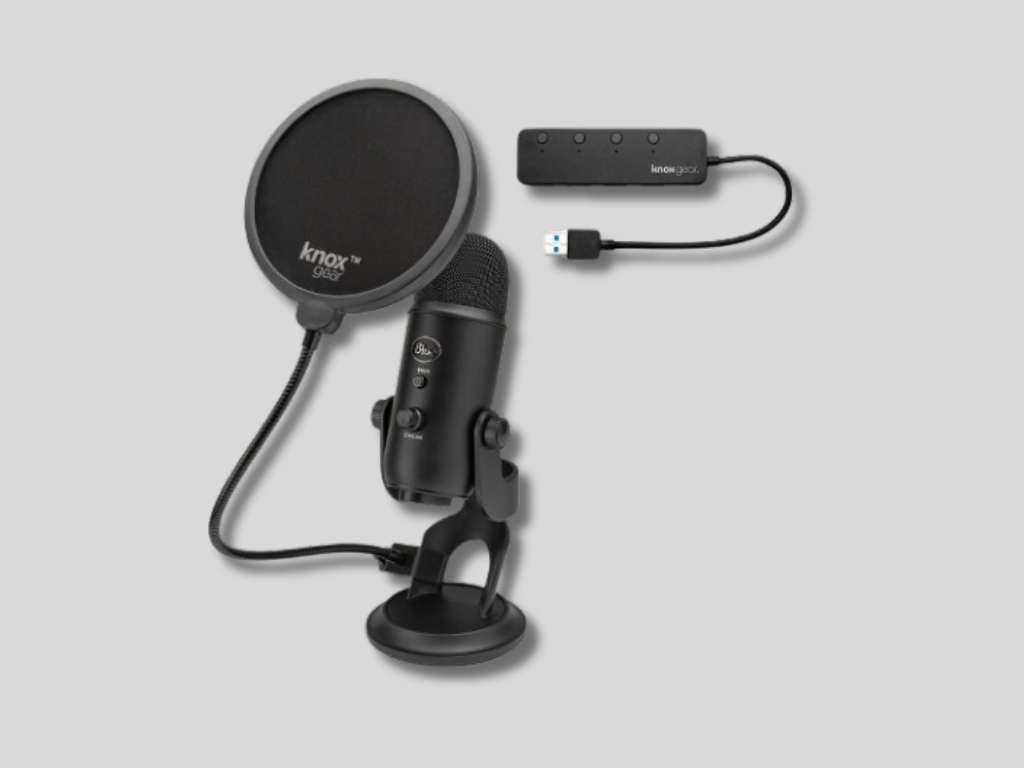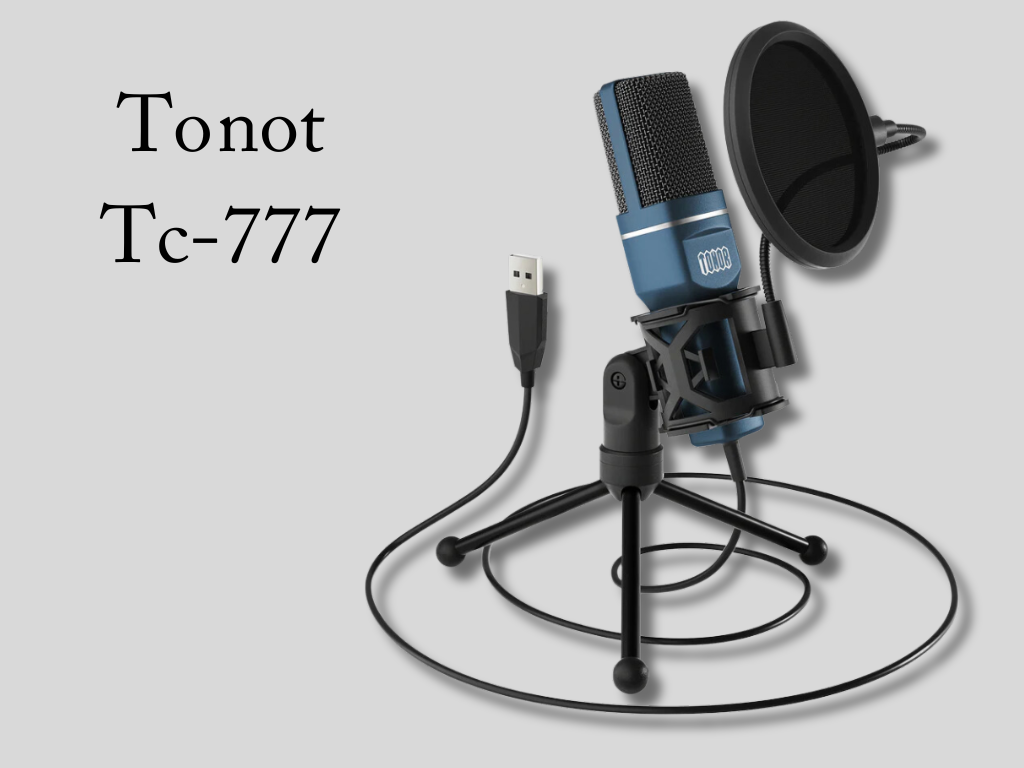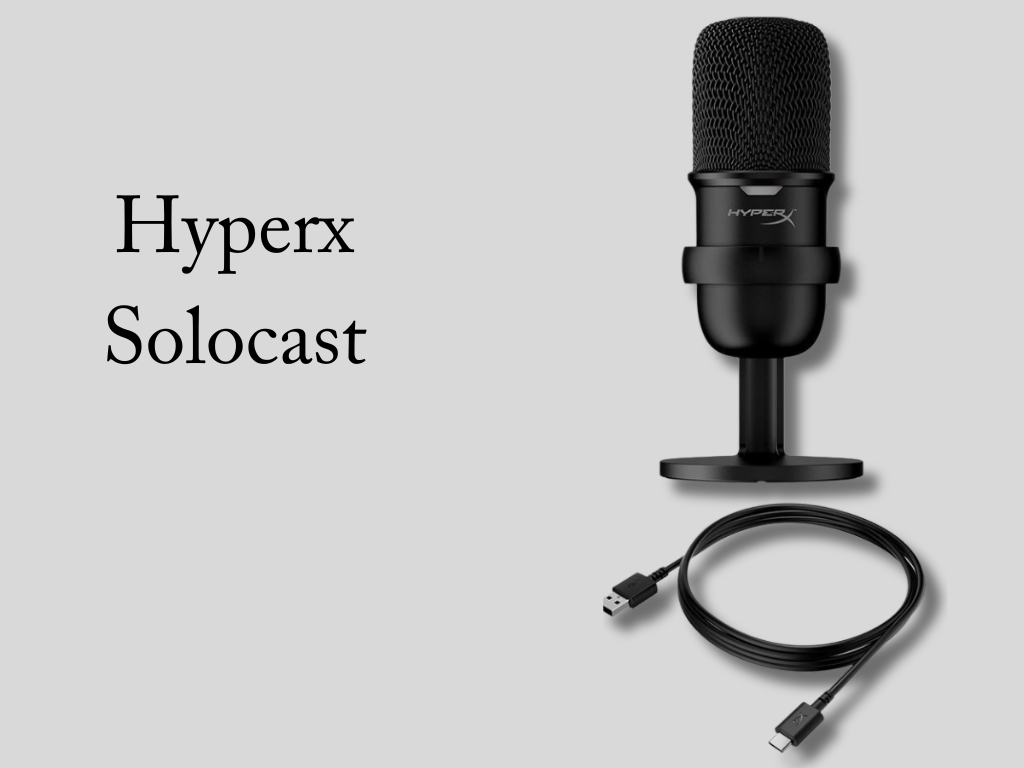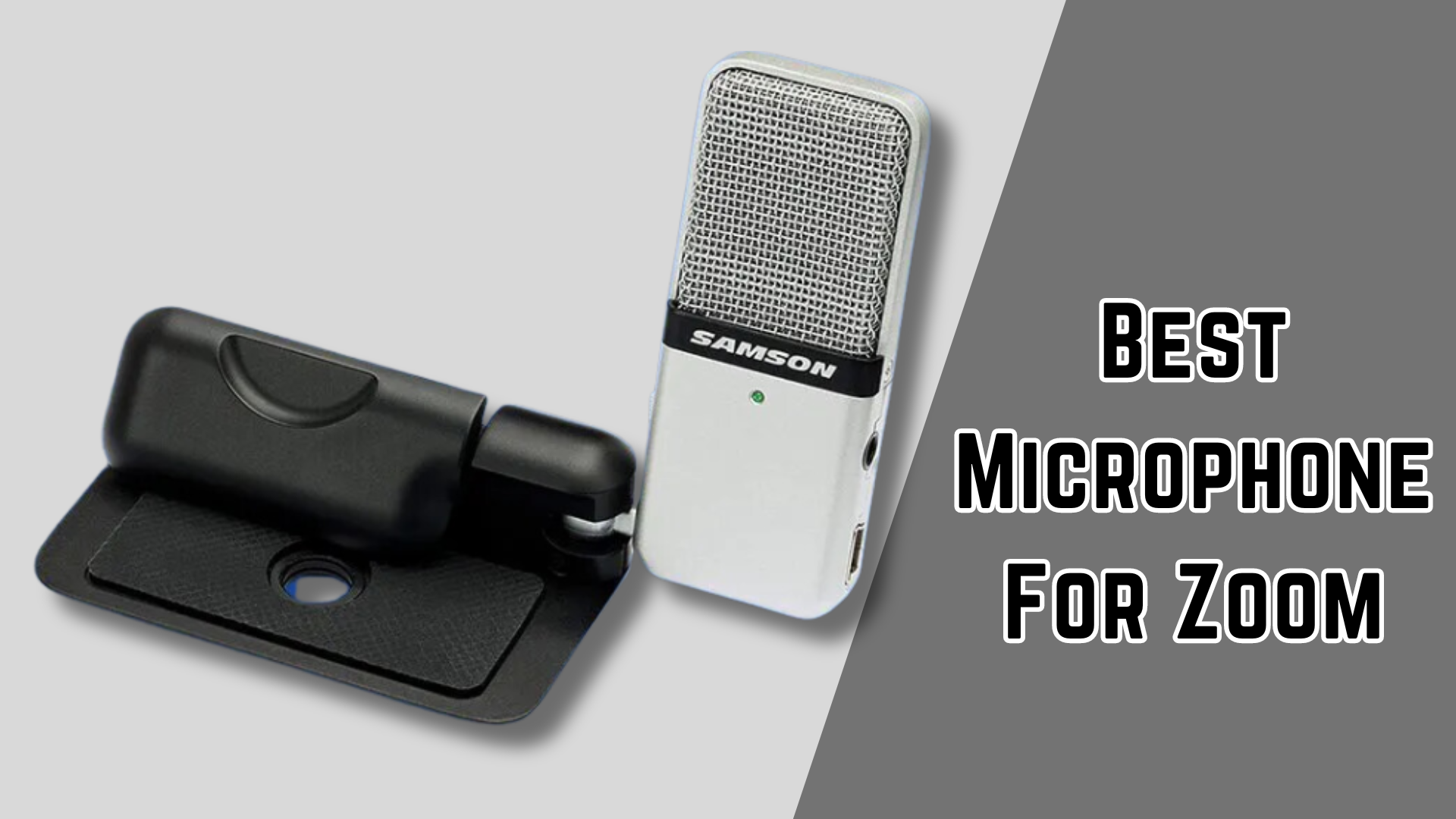In business, communication is the key to success. Sometimes, due to the malfunction of the laptop’s built-in microphone, we face big problems. Either our words are misinterpreted or overlapped, which can cause great inconvenience. Mainly during the Zoom meeting, the employees frequently ask you to repeat your words because they couldn’t hear it properly. Therefore, this Best Microphone For Zoom Meetings is right for you. So without any drag, let’s look into the article.
Blue Yeti
Yeti is mainly used for remote recording and solo conversations. However, the mic can also be used for live streams and conference calls. The design is so well defined that even a novice can operate it right grabbing it out of the box.

The device only costs $130 yet provides a classy, clear, and vibrant sound. Since the day Yeti hit the market, it has managed to retain its good name in recording and podcasting. Moreover, the mic also features a built-in gain dial to record quiet and distant sounds without any interruption. Its omnidirectional mode can capture clear and vibrant sound in the noisiest places.
Moreover, its advanced stereo pattern is ideal for separating the overlapping sounds during podcasts. However, it has a single drawback Yeti offers a single mic rather than a multi-head setup which doesn’t look too professional on screen. Nevertheless, in my opinion, if you are looking for the best quality mic on a budget for your podcast, then you’ll never go wrong with Blue Yeti.
Read More:How To Make PS4 Controller Vibrate?
| Mic type | Condenser mic | Polar pattern | 4 buttons (Mic gain control, Mute button, Headphone volume, Pattern selection) |
| Audio frequency response range | 20 to 20 000 Hz | Bit depth | 16 bit |
| Sample rate | 48 Hz | Sensitivity | 2.2 to 12.3 mV/Pa |
| Max Sound Pressure Level | 120 dB | Power requirement | 5 V (Direct Current) |
| Connectivity type | USB | Impedance | 16 ohms |
| Power output | 130 mW | Amplifier frequency response range | 15 to 22 000 Hz |
| Signal-to-noise ratio | 100 dB | Controls button | 4 buttons (Mic gain control, Mute button, Headphone volume,Pattern selection) |
| USB purpose | Audio, Power | Port | 3.5 mm headphone jack |
| Length of mic | 5 inches | Width of mic | 5 inches |
| Height of mic | 12 inches | Weight of mic | 570 grams |
| Width of stand | 5 inches | Height of stand | 12 inches |
| Length of stand | 5 inches | Weight of stand | 1000 grams |
| Compatibility | Almost all | Latency | Zero |
| Color options | Various |
Pros
- Multiple polar patterns
- The audio quality is amazing
- Very easy to set up and use
- Has a 3.5 mm headphone jack
- Very durable with a strong build
- A lot of color options
- Sufficient control buttons
Cons
- Not very portable due to greater size and weight
- It cannot work well without a shock mount
- Very costly
- Unremovable USB cable and no XLR output
- Records more background noise than usual
To not Tc-777
The only TC-777 is surely a plug-and-play microphone. It follows an extremely easy and user-friendly interface that a novice can understand to use it in no time. It is designed to provide clear audio during gaming, online chatting, vocal recording, YouTube streaming, and Zoom and Skype meetings.

The audio quality is surely better than the Bluetooth earbuds that the vloggers use nowadays for live streaming. It has an average 9.5 mm dispharm with a cardioid pickup pattern to focus only on the closer sound and cancel out all the surrounding noises.
However, it has a little low and thin sound pitch as compared to the other two mics of the same model. But if you are looking for something low-budget, and good sound quality, then Tonot Tc-777 is surely a hit deal.
Also Learn About: How to Adjust the Best Apex Settings Xbox 2024?
| Mic type | Condenser mic | Polar pattern | Cardioid |
| Audio frequency response range | 100 to 16 000 Hz | Bit depth | 16 bit |
| Sample rate | 48 kHz | Sensitivity | -38 dB |
| Max Sound Pressure Level | 110 dB | Total Harmonic Distortion | 0.5 percent |
| Power requirement | 5 volts (direct current) | Connectivity type | USB |
| USB purpose | Audio,Power | Controls | Mic gain control |
| Length of mic | 5.5 inches | Width of mic | 2.1 inches |
| Height of mic | 1.8 inches | Weight of mic | 340 grams |
| Length of stand | 6.4 inches | Width of stand | 4.9 inches |
| Height of stand | 1.9 inches | Weight of stand | 170 grams |
| Shock mount | Yes | Adjustable stand | Yes |
| Pop filter | Yes | Compatibility | Almost all |
Pros
- Its price is lower than its competitors
- Easy to set up and use due to USB connectivity
- Noise capturing is very low with cardioid polar pattern
- Good audio quality overall
- The stand is adjustable
- Shock mount and pop filter are also included in the box
- Small and portable
Cons
- Short range of audio frequency response
- Sample rate and bit depth are also low
- No port for headphones
- Only one polar pattern
- Gain control is also not good
Hyperx Solocast
With its compact design, easy-to-use interface, and admirable audio quality, Hyperx Solocast is surely an excellent USB mic at this price range. The developers have surely prioritized quality over the design of the microphone.

Therefore, it follows a simple, classy look with futuristic features. The amazing condenser microphone also includes a USB 2.0 portability. Moreover, the device is extremely compact, it weighs only 261 grams after including a stand and cable. The sound frequency rate ranges between 8 KHz to 48 KHz depending on the pitch and the clarity of the audio. Moreover, it doesn’t need any companion apps to support its functionality, which makes it an obvious hit in the market.
However, if you are looking for a professional, and well-defined microphone system setup, then you can search for other options in the market. But if you want to have a comfortable, clear, and professional audio quality during your Zoom meetings then hyperx solocast is surely a deal to lock.
Read About: How To Get Rid Of Keyboard Noise When Recording
| Mic type | Condenser, Electret | Polar pattern | Cardioid |
| Audio frequency response range | 20 to 20 000 Hz | Bit depth | 16 bit |
| Sample rate | 48 Hz | Sensitivity | -36 DVB |
| Max Sound Pressure Level | 110 dB | Power requirement | 5 volts (direct current) |
| Controls | Mic gain control,Mute button | Connectivity type | USB |
| USB purpose | Power and audio | Weight | 260 grams |
| Length of mic | 16 cm | Width | 5 cm |
| Height | 4 cm | Compatibility | Almost all OS and software |
| Shock mount | Yes | Adjustable stand | Yes |
| Headphone jack | 3.5 mm jack | LED indicator | Yes (for mute status) |
Pros
- Very light on the pocket
- Easy to set up and use (USB connectivity)
- Audio quality is great
- Reduced background noise (cardioid)
- Portable (Small and lightweight)
- LED indicator for mute status
- The mute button and mic gain control
Cons
- Average frequency range
- No advanced features
- Only one polar pattern
- The USB can not be detached
Final Words
To sum it up, selecting the ideal microphone for Zoom meetings ultimately depends on your specific preferences and requirements. The Blue Yeti, known for its exceptional audio quality, is a solid choice if you’re willing to invest more and don’t need extreme portability.
But if budget-friendliness is your priority, the Tonot TC-777 provides decent sound quality without breaking the bank. However, the Hyperx Solocast offers a nice balance between quality and design, making it a comfortable and stylish option for your Zoom calls.
Remember your decision should revolve around what matters most to you, whether it’s top-notch sound, affordability, or an appealing design. Each microphone has its advantages and drawbacks, so choose the one that best fits your needs for successful Zoom meetings.

